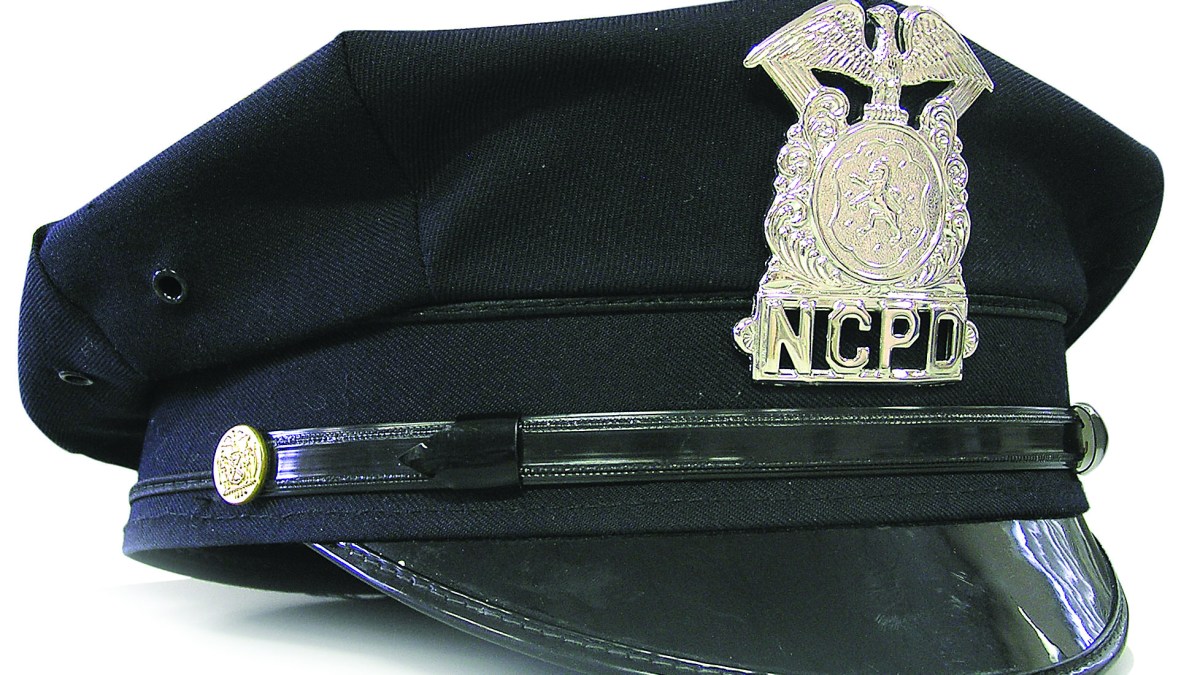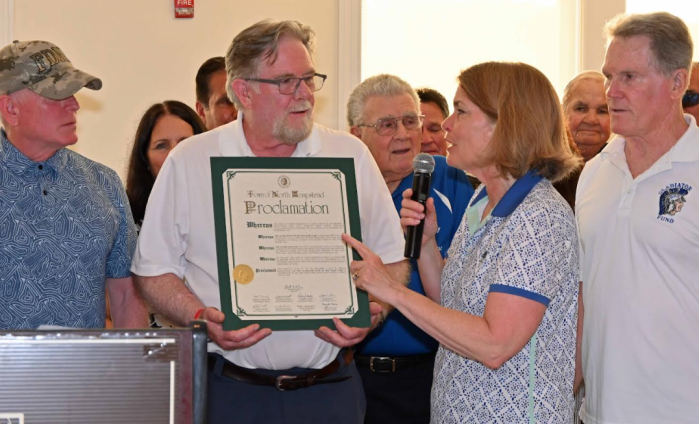By Ana Borruto
New rules encouraging Nassau County police officers to de-escalate potentially violent confrontations before using physical force against suspects went into effect Friday, although the union that represents rank-and-file officers criticized the policy.
That is one of 15 newly updated policies guiding officers’ use of force. Other new additions include creating a database tracking officers’ use of force, training more officers in the use of Tasers, having officers call animal control when confronting dangerous animals, training officers to identify mentally disabled people who are more likely to assault officers and limiting the use of the carotid restraint, a form of chokehold, to only when there is deadly force being used against a police officer or civilian.
“We are asking [the police commissioner] to delay the implementation of this policy,” James Carver, president of the Nassau County Police Benevolent Association, said Tuesday. Carver believes de-escalation methods are dangerous to officers by making them second-guess their decisions.
“There’s no reason to delay,” responded Acting Nassau County Police Commissioner Thomas Krumpter, who noted that the unions had been consulted while the department was drafting the new rules. “To suggest this would put officers’ lives in danger I think is an overstatement.”
Krumpter said the initiative to update the policies wasn’t in response to a specific case and the revisions began before the national debate over police brutality reached a fevered pitch. The plan to update the policy began after the police department hired the Police Executive Research Forum (PERF), a law enforcement consultant agency, for $675,000 two years ago following a string of scandals. Carver said the policy changes came at PERF’s recommendation.
Officers received copies of the new policies, on which they are also being trained. The number of patrol officers that have rifles will be quadrupled. And police will no longer use the slapper, a weapon officers used to carry, but they will still use Mace and extendable batons.
The Tasers that are being rolled out will automatically shut off after five seconds for the safety of suspects with heart conditions or those under the influence of drugs. More than 700 new recruits in the department have been trained to use Tasers and 1,800 officers will have them soon. The department already bought the Tasers, but they will not be fully deployed until officers complete the eight-hour training.
“I’m not going to be happy until every officer has a Taser,” Krumpter said.


































